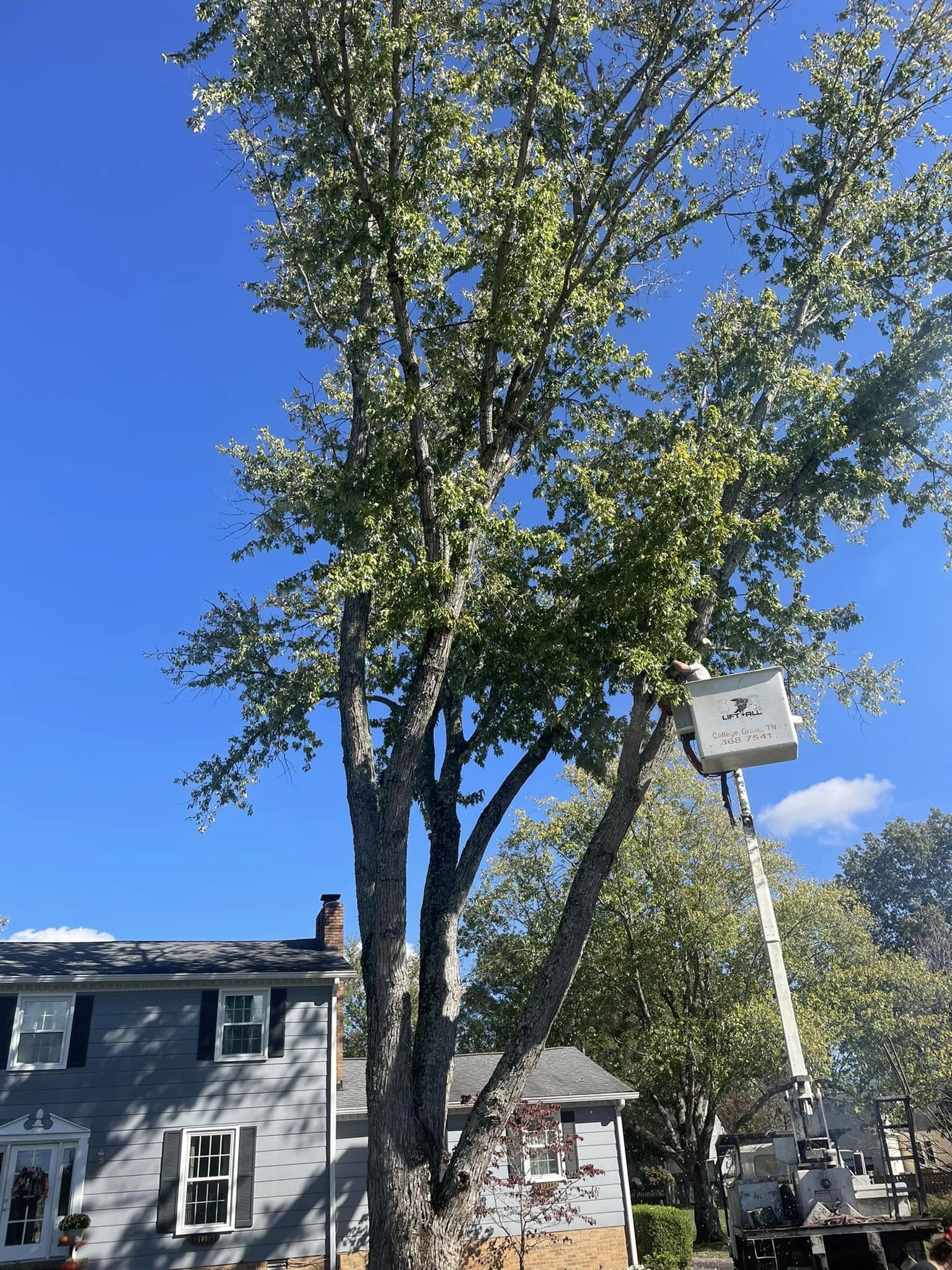
Top Tips for Preventing Storm Damage to Your Trees Sep 30, 2025
First and foremost, regular tree maintenance is crucial. Just like any other part of your landscape, trees require diligent care to withstand harsh weather conditions. Consistent pruning is an essential practice. Removing weak or dead branches helps trees maintain a balanced structure, making them less likely to break under the pressure of strong winds. When pruning, focus on branches that rub against each other or those growing at odd angles, as these are more vulnerable.
Tree health is another important aspect to consider. A healthy tree is more resilient in the face of storms. Ensure your trees are well-nourished by checking the soil quality regularly. Consider conducting soil tests to assess nutrient levels and make adjustments with fertilizers if necessary. Furthermore, be on the lookout for signs of disease or pest infestations. Early detection can prevent issues from compromising your tree’s stability and strength.
Planting location also plays a pivotal role in a tree's ability to withstand storms. When planting new trees, consider the mature size of the tree and choose a location where it can safely grow. Avoid planting too close to buildings or power lines to prevent potential hazards during storms. Additionally, select tree species that are known for their wind resistance. Native species often have evolved to withstand local weather conditions and can be a great choice.
Another effective strategy is to employ cabling and bracing techniques. This involves the use of flexible cables and rigid rods to support weak branches or trees with poor structure. While this is more of a temporary solution, it can be invaluable in maintaining the integrity of a tree during extreme weather. Consulting with a professional arborist can provide you with insights into whether this method would be beneficial for your trees.
Lastly, a comprehensive risk assessment by a certified arborist is an invaluable step toward storm preparation. Professionals can evaluate the condition of your trees, identify potential hazards, and recommend actionable solutions tailored to your landscape. They can spot issues that might not be immediately obvious to the untrained eye and provide expert advice on how to address them.
In conclusion, while storms are an inevitable part of nature, their impact on your trees doesn’t have to be. By implementing regular maintenance, ensuring tree health, considering strategic planting, and leveraging professional services, you can significantly reduce the chances of storm-related damage. Jace’s Tree & Stump Removal is committed to helping you keep your trees healthy and safe. By investing in these preventative measures today, you’re safeguarding your property and preserving the beauty of your trees for generations to come. Remember, the best defense against a storm is not after it passes but before it begins.
/filters:no_upscale()/media/8785d7d0-a572-4ad3-bd7a-dcee91b91f01.jpg)
/filters:no_upscale()/filters:format(webp)/media/5845675c-80ae-461c-be7d-2949edaa1f30.jpg)